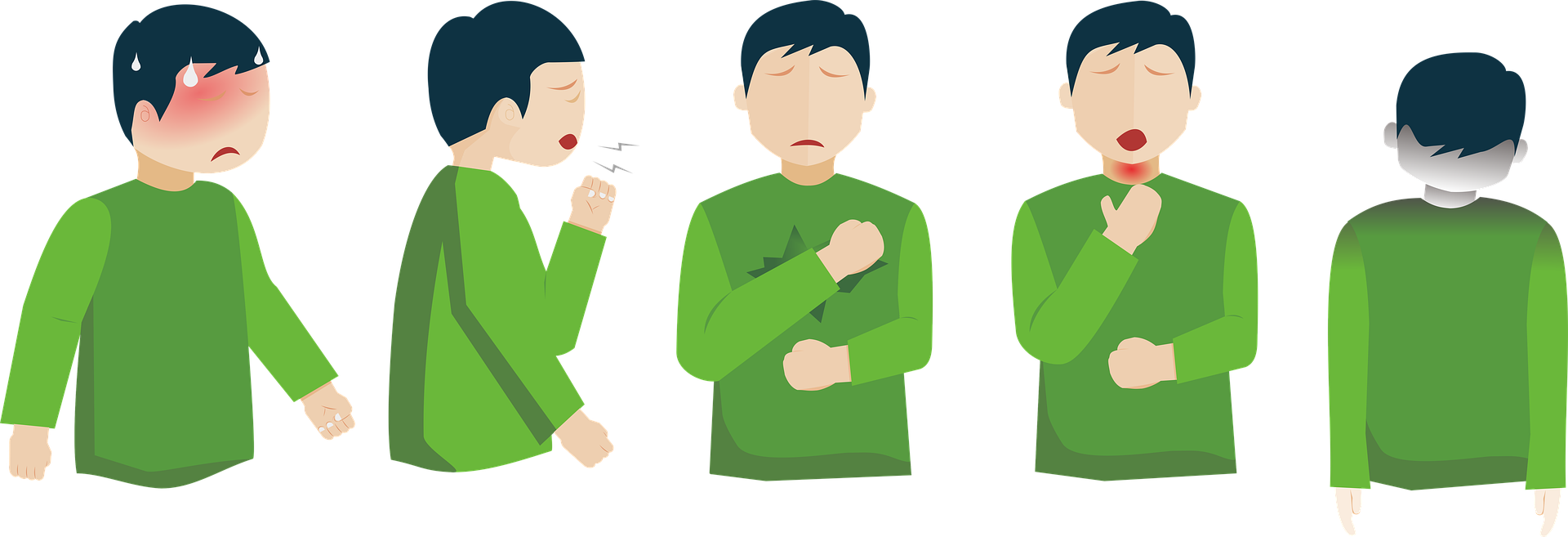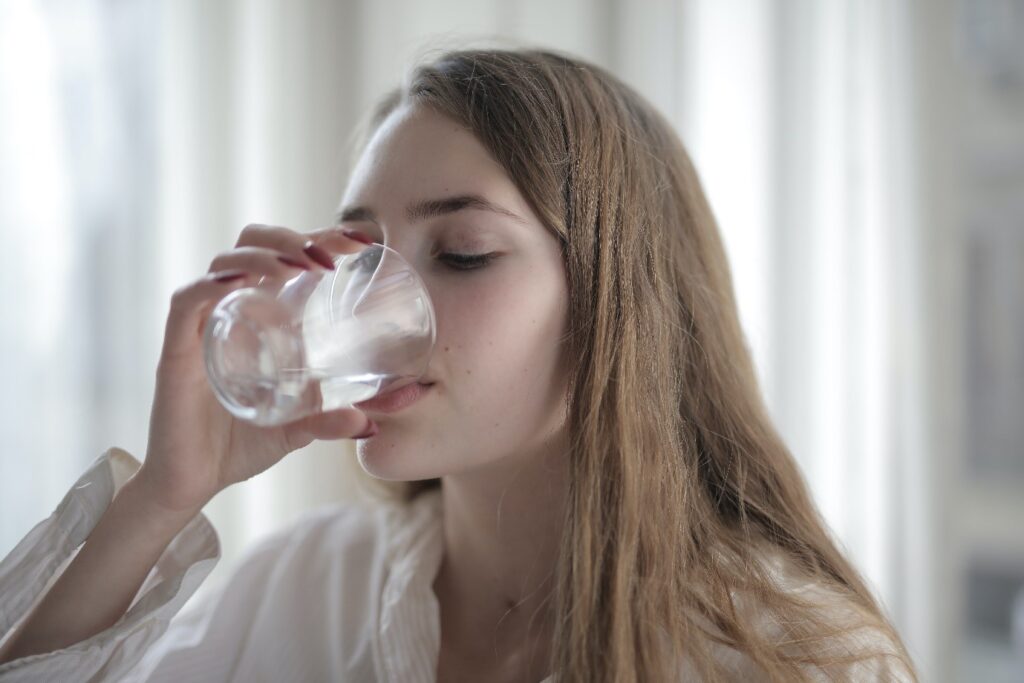Body & Health care
Unique Facts About the Viral Fever Symptoms
Unique Facts About the Viral Fever Symptoms

Viral Fever is stressful
What is Viral Fever?
The term “viral fever” refers to a group of viral diseases affecting the body and are associated with various viral fever symptoms like high temperature, stinging in the eyes, migraines, body aches, and, in some cases, vomiting and diarrhea. Because their immunity is poorer, this fever is more common among youngsters and the older. Fever is associated with a more serious cause, which is a viral infection. As an outcome of the infection, a fever will appear. The high temperature signifies that the body’s immune system is attacking and “burning off” invading pathogens. Viral fever is usually serious and occurs more frequently as the season’s change, such as during the Rainy season. Most of this fever duration lasts 3-5 days; regardless, a few viral infections can arise with a fever that ends up to 14 day
What causes viral fever?

this is contagious
Viral fever is transferred from one person toward the next through the bodily secretions of the sick person. When infected individual yawns, cough, sneeze, laughs, or even speak, little sprays of liquid are expelled from their bodies, which may reach your body if you are nearby. Once the virus has entered your system, it can take somewhere between 16 to 48 hours for it to turn into a full-fledged infection with a fever. You may develop a high temperature, shivering, headaches, bodily discomfort, and extreme weakness all at once. Mosquito, tick bite, or interaction with an affected person’s blood or sperm disseminate some serious forms of this fever that induce hemorrhaging. Some forms of viral fever might take up to 21 days to emerge after first being exposed to the virus. When a person inhales near infectious rat feces or urine, several fever strains can enter the human body.
Symptoms of Viral Fever
The symptoms that occur during viral fever are as follows:
- the temperature increased up to 104 degrees centigrade
- Joints pain
- Muscles pain
- Dehydration
- Redness of eyes
- Sore throat
- Headache
- Fatigue
- running nose
- Face swelling
- Vomiting
- Nausea
Viral fever symptoms in babies
Such fever symptoms in kids shows the following symptoms:
- more sleep requirement
- coughing
- sore throat
- vomiting
- Sneezing
- red and watery eyes
- A clogged or runny nose
- Not liking to eat
- feeling typically unhealthy.
Viral Fever Causes
You have a fever when your innate immune system fights back against invading infections. When hazardous organisms such as viruses and bacteria made their way back through your body, your immune system feels compelled to strike back. When this behavior is triggered, the body’s temperature rises rapidly. Regardless, the following are the most standard causes of such fever:
1.) Inhalation of Air Droplets
Inhaling the airborne droplet of infected individuals sneezing or coughing near you without hiding their faces can cause an infection.
2.) Consumption of Food Products
Many viruses infect drinks and food items, and if you ingest such contaminated food or water, you may acquire an infection. This fever is caused by contaminated foodstuffs, which you should avoid.
3.) Bites from Mosquitoes
The monsoon season is when mosquitos reproduce and multiply, causing an incidence of malaria and dengue fever. Mosquito-borne infections are also examples of viral fever.
4.) Exchange of Body Fluids
Through blood donation or injury from an infectious person’s syringe pricking, you could contract this fever, Hepatitis B, or HIV.
Types Of Viral Fever
The classification of such fevers is based on several variables, including the mechanism of infection, the severity of the sickness, the body system affected, and so on. The sort of this fever will be persistent by the virus that induced the infection. In general, this fever is split into the following classifications:
Respiratory Viral Fever
Respiratory viral fever is a virus that causes flu-like symptoms like coughing, colds, sore throats, fevers, and body pains. The common cold, adenovirus, rhinovirus chronic infection, severe acute respiratory syndrome also called SARS virus, Covid-19 virus, and parainfluenza virus attack are all examples of such fever.
Gastrointestinal viral fever
This virus causes gastrointestinal problems such as diarrhea, stomach pain, vomiting, and so on. Rotavirus, gastroenteritis, astrovirus, and a few enteroviruses are examples of viral fever.
Exanthematous viral fever (EVF)
Skin rash and blisters are common symptoms of this infection. Measles, chickenpox, chikungunya, smallpox, rubella, and other diseases are examples of exanthematous viral fever.
Hemorrhagic viral fever
Hemorrhagic viral fever is a type of fever induced by a virus. The circulatory system is spoiled as a consequence of this infection. Dengue, Ebola, Yellow fever, Lassa fever, and other diseases are examples of hemorrhagic fever.
Neurologic viral fever
Neurologic viral fever: Polio. Rabies, meningitis, and encephalitis are only a few examples of this fever.
Is viral fever contagious?
Viral fever is contagious because it can be passed from one individual to the next through direct contact. The virus is most commonly transmitted through inhalation, as an infected individual can immediately disseminate the infection to others nearby.
How to diagnose viral Fever?
When diagnosis a possible viral fever, a physician will assess a patient’s medical history and ask any questions about their conditions. These questions might include when a person first became aware of the causes and what makes them much worse and milder. A physician might conduct tests to see if viruses are present in a person’s blood, mucus, or urine.
A quick influenza diagnostic test, for example, collects cell specimens from the back of the neck and tests them for influenza A or B proteins. However, not all viral sickness tests are accessible right away. Identifying the precise virus may necessitate laboratory testing.
Viral fever treatment
Treatment for a viral fever is indicated by the actual cause, the stringency of the fever, and any further symptoms present. A fever of more than 104°F (40°C) for kids and 103°F (39.4°C) for elders, for example, is considered an emergency. If a person’s body temperature is equal to or higher than these figures, they are most likely suffering from a significant illness.
Treatments for lower-grade fevers might include the following:
OTC medications
Taking over-the-counter medications to lower a fever: Ibuprofen and acetaminophen are two over-the-counter medications that can help with fever relief. Aspirin can also use, although it is not prescribed for persons under the age of 18 due to the chance of Reye’s syndrome. Antibiotics will not assist you if you have a fever-induced by a virus.
Taking lukewarm baths
Taking lukewarm baths might also help to relieve fever.
Drinking cold fluids
Drinking coolant water or electrolyte-containing liquids can help lower body temperatures and avoid dehydration caused by illness.
A widespread myth about fever is that it can be treated by bathing in cold water or spreading it to the skin. Prolonged exposure to excessively cold temperatures can be destructive to the body. Rather, a bath should be taken in lukewarm water.
Antibiotics for Viral Fever
Antibiotics aren’t used to treat viral fever, however, there is a certain antiviral medication that can help. Rest with plenty of fluids, on the other hand, are often the best treatment for most minor such fevers.
Viral fever treatment at home
To make yourselves or your kid comfier during a fever, try the following:
Drink a lot of water

Drink plenty of water
Fever can induce dehydration and water loss, so drink lots of fluids, juices, or both. drink fresh juices and Pedialyte solutions for those under the age of one, In these solutions salts and water are balanced that also balance electrolytes in your body.
Rest
Rest is necessary for recovery, and physical activity might elevate your body temperature.
Keep yourself cool
Wear relaxing clothes, keep the room cold, and nap with just a sheet or a lightweight blanket.
How to reduce fever in children naturally?
Maintain a comfortable temperature in your child’s room and around your home and clothe him lightly. Motivate him to drink more liquids or more fluids in general. If the room is hot or stuffy, have a fan nearby to circulate cool air. When your child has a fever, he does not even have to keep it in his room or bed. He is free to move from around the home, but he really should not overstrain himself.
Final Verdict
Hopefully, now you introduce all the symptoms of viral fever and its causes. Most of these fevers reduce on their own in a day or two after these fever symptoms, some symptoms are more complicated and required medical treatment. So, if the temperature of your body rises from the normal range then you should contact your doctor or physician.
For More Updates Click Here
You can find more interesting news Here



















 .
.